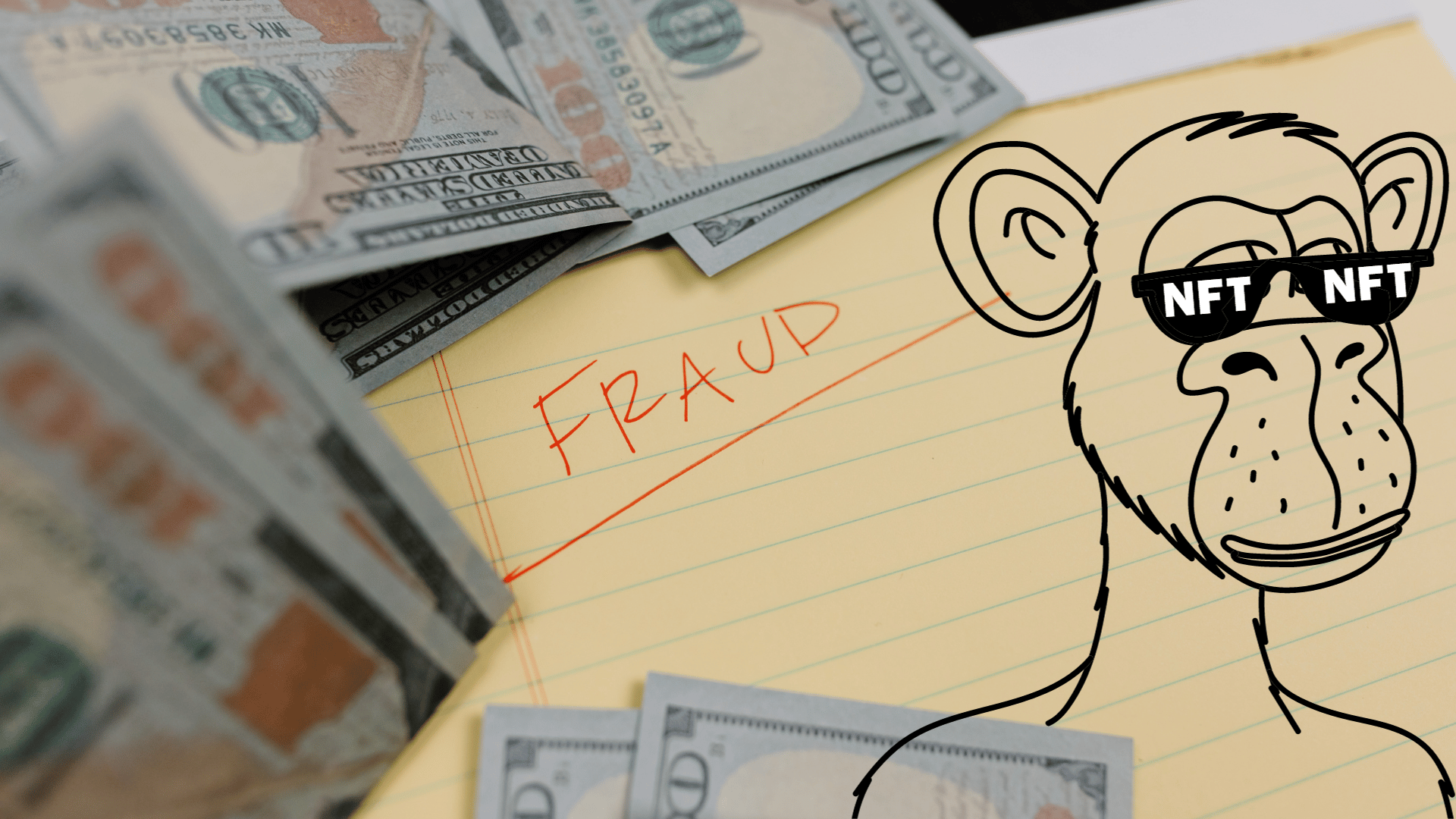A recent incident involving a Bored Ape Yacht Club (BAYC) NFT owner, known as 'Crumz,' has shed light on the sophisticated tactics employed by scammers in the digital asset world. 'Crumz' narrowly avoided a significant loss after encountering an individual posing as a journalist from a well-known publication.
On November 27, 'Crumz' shared his experience with a scammer who impersonated Robert LaFanco, a real editor from Forbes. Using a fake account, the scammer approached 'Crumz' with the pretense of conducting an interview about BAYCs for an upcoming article.
Rising Scam Techniques in the NFT Space
During the interview, the scammer asked 'Crumz' to click a button supposedly needed to record the conversation. Despite several warning signs, such as using a non-premium Zoom account and requesting a separate recording bot, 'Crumz' initially complied with the requests. The scammer later asked 'Crumz' to perform an action related to his BAYC, specifically fetching a banana, which 'Crumz' realized was a tactic to distract him from his computer. This would have allowed the scammer to gain control of his computer and potentially steal valuable digital assets.
However, 'Crumz' stayed vigilant and remained at his computer, thwarting the scammer's attempt to take over his screen.
Warnings and Patterns in Digital Asset Scams
This incident is not isolated. A partner at the crypto casino Rollbit, known as '@3orovik', echoed similar warnings to his substantial following on the same day. He identified a suspicious account under the name 'Robert LaFranco,' falsely claiming to be a Forbes assistant managing editor, which was involved in similar deceptive practices.
The rise of such sophisticated scams in the NFT and digital asset sphere highlights the need for increased awareness and caution among collectors and investors. This incident serves as a reminder of the ever-evolving landscape of online fraud.



 SK Hynix Labeled “Investment Warning Stock” After Extraordinary 200% Share Surge
SK Hynix Labeled “Investment Warning Stock” After Extraordinary 200% Share Surge  Apple App Store Injunction Largely Upheld as Appeals Court Rules on Epic Games Case
Apple App Store Injunction Largely Upheld as Appeals Court Rules on Epic Games Case  EU Court Cuts Intel Antitrust Fine to €237 Million Amid Long-Running AMD Dispute
EU Court Cuts Intel Antitrust Fine to €237 Million Amid Long-Running AMD Dispute  Australia’s Under-16 Social Media Ban Sparks Global Debate and Early Challenges
Australia’s Under-16 Social Media Ban Sparks Global Debate and Early Challenges  Australia Enforces World-First Social Media Age Limit as Global Regulation Looms
Australia Enforces World-First Social Media Age Limit as Global Regulation Looms  Adobe Strengthens AI Strategy Ahead of Q4 Earnings, Says Stifel
Adobe Strengthens AI Strategy Ahead of Q4 Earnings, Says Stifel  Trump Signs Executive Order to Establish National AI Regulation Standard
Trump Signs Executive Order to Establish National AI Regulation Standard  Nvidia Weighs Expanding H200 AI Chip Production as China Demand Surges
Nvidia Weighs Expanding H200 AI Chip Production as China Demand Surges  U.S. Greenlights Nvidia H200 Chip Exports to China With 25% Fee
U.S. Greenlights Nvidia H200 Chip Exports to China With 25% Fee  Trello Outage Disrupts Users as Access Issues Hit Atlassian’s Work Management Platform
Trello Outage Disrupts Users as Access Issues Hit Atlassian’s Work Management Platform  SpaceX Begins IPO Preparations as Wall Street Banks Line Up for Advisory Roles
SpaceX Begins IPO Preparations as Wall Street Banks Line Up for Advisory Roles  IBM Nears $11 Billion Deal to Acquire Confluent in Major AI and Data Push
IBM Nears $11 Billion Deal to Acquire Confluent in Major AI and Data Push  Microsoft Unveils Massive Global AI Investments, Prioritizing India’s Rapidly Growing Digital Market
Microsoft Unveils Massive Global AI Investments, Prioritizing India’s Rapidly Growing Digital Market  Trump Criticizes EU’s €120 Million Fine on Elon Musk’s X Platform
Trump Criticizes EU’s €120 Million Fine on Elon Musk’s X Platform  SoftBank Shares Slide as Oracle’s AI Spending Plans Fuel Market Jitters
SoftBank Shares Slide as Oracle’s AI Spending Plans Fuel Market Jitters 































